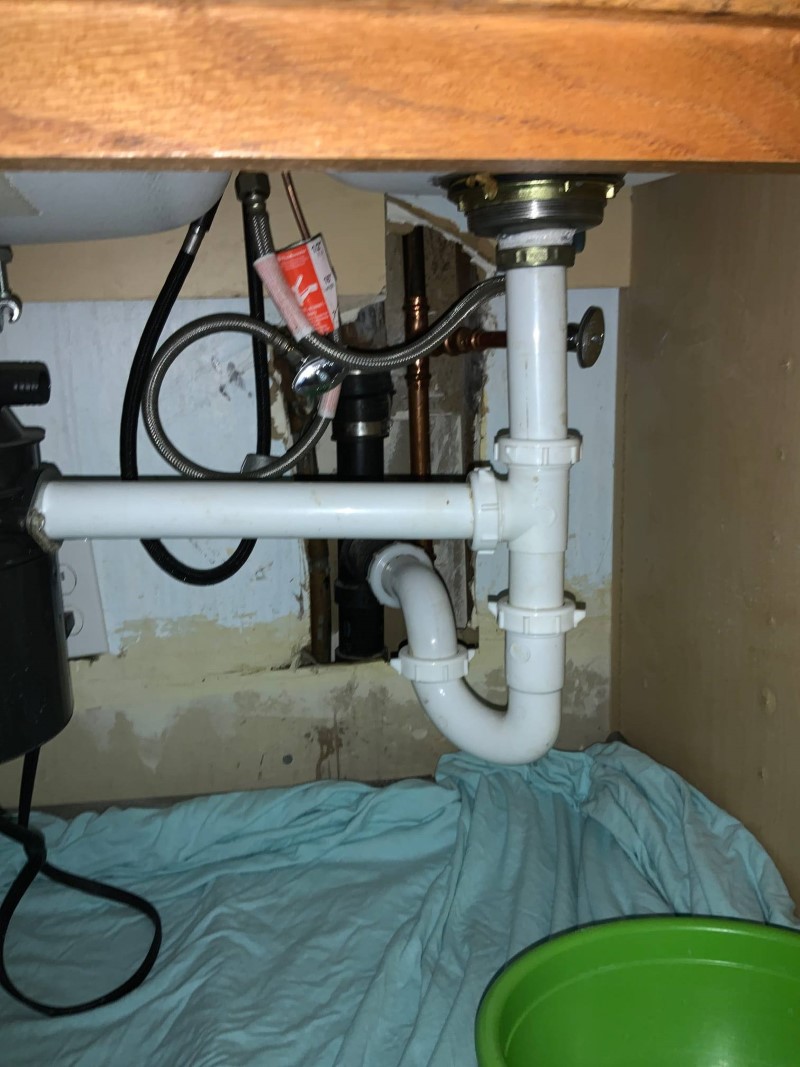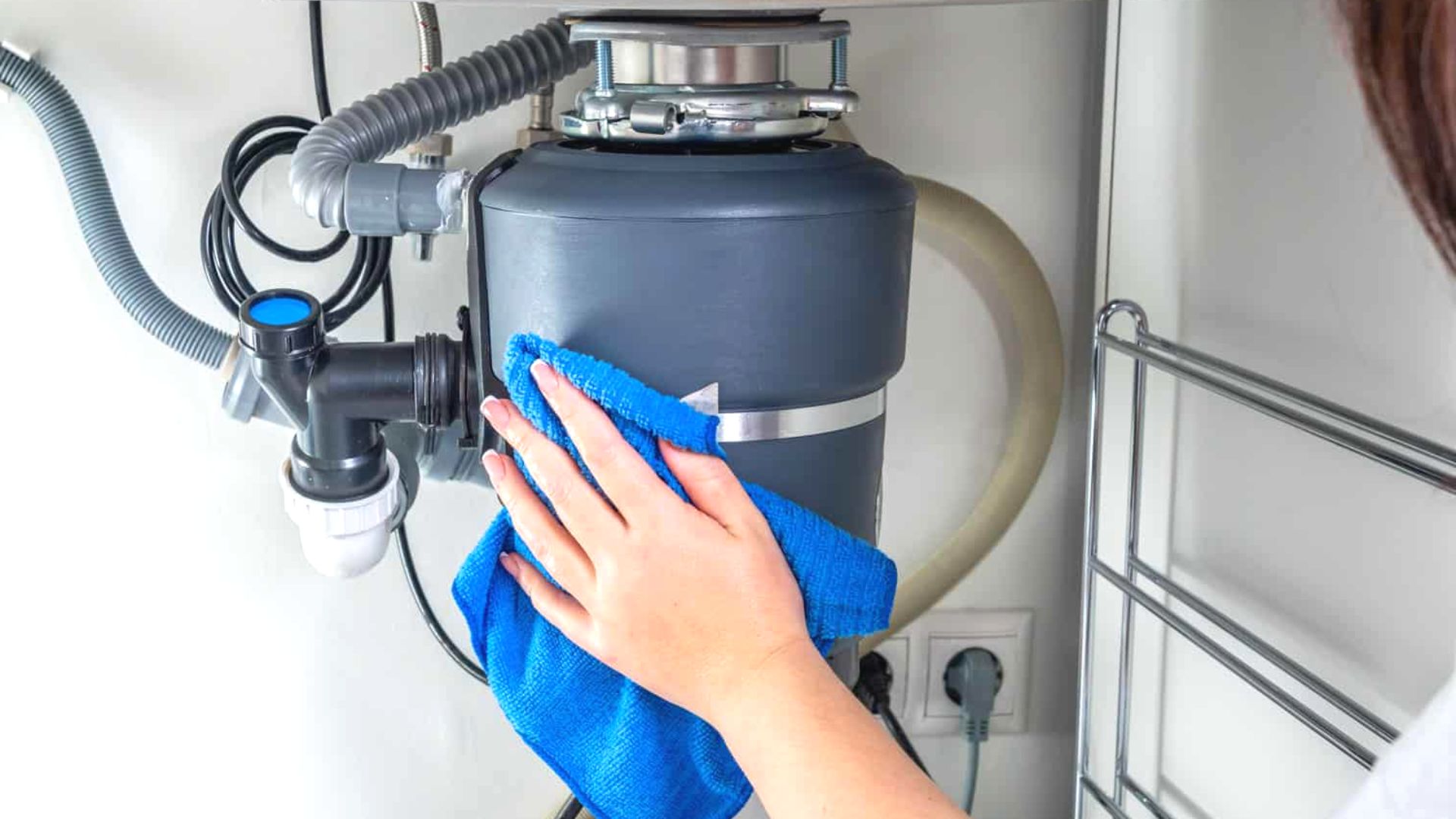My Definitive Guide to Fixing a Leaky Waste Disposal Unit
My Definitive Guide to Fixing a Leaky Waste Disposal Unit
Blog Article
We've found this great article about Garbage Disposal Leaking From Bottom down the page on the web and thought it made sense to discuss it with you on this site.

Waste disposal unit are vital kitchen area devices that help in getting rid of food waste effectively. Nevertheless, a leaking waste disposal unit can be an aggravating and untidy problem to take care of. Luckily, many leaks can be taken care of conveniently with a couple of straightforward actions. In this post, we will discuss exactly how to take care of a dripping waste disposal unit successfully.
Intro
Waste disposal unit are set up under cooking area sinks and are made to shred food waste right into smaller items, enabling it to travel through the pipes system quickly. While these devices are usually dependable, leakages can occur gradually because of deterioration, loose links, or damage to the device.
Common Sources Of Leakages in Rubbish Disposals
Worn Seals and Gaskets
Seals and gaskets play a vital duty in preventing water from leaking out of the waste disposal unit. Gradually, these components can degrade, bring about leaks around the disposal unit.
Loose Connections
The connections between the garbage disposal and the plumbing system can become loose gradually, causing water to leakage out during operation.
Cracks or Openings in the Disposal System
Physical damages to the waste disposal unit, such as cracks or openings in the real estate, can likewise cause leaks.
Determining the Source of the Leakage
Prior to trying to take care of a dripping waste disposal unit, it is vital to recognize the resource of the leakage. This can generally be done via aesthetic inspection or by conducting basic examinations.
Visual Assessment
Check the garbage disposal device carefully for any kind of indicators of water leak. Pay very close attention to areas around seals, gaskets, and connection points.
Testing for Leakages
One way to evaluate for leaks is by running water through the disposal system and checking for any kind of noticeable signs of leak.
Tools and Products Needed for Repairing a Leaking Garbage Disposal
Before starting the repair service procedure, gather the necessary tools and materials, consisting of a screwdriver, adjustable wrench, plumbing professional's putty, substitute seals or gaskets, and epoxy or patching material for fixing splits or holes.
Step-by-Step Guide to Dealing With a Leaking Waste Disposal Unit
Turn Off the Power
Before trying any type of repair services, ensure that the power to the waste disposal unit device is turned off to avoid the risk of electric shock.
Situate the Leakage
Determine the specific location of the leak and figure out the cause.
Tighten Links
Make use of a wrench to tighten up any type of loosened connections between the disposal unit and the plumbing system.
Replace Seals or Gaskets
If the leakage results from used seals or gaskets, remove the old parts and replace them with brand-new ones.
Patching Fractures or Holes
For splits or holes in the disposal device, usage epoxy or a suitable patching product to secure the damaged area.
Checking the Garbage Disposal After Fixing
As soon as the repair work is total, evaluate the waste disposal unit by running water with it to guarantee that the leak has been dealt with.
Preventive Upkeep Tips to Prevent Future Leakages
To stop future leaks, it is vital to do routine maintenance on your garbage disposal. This consists of maintaining it clean, avoiding putting non-food items or difficult things down the disposal, and regularly looking for leaks or other problems.
Conclusion
To conclude, dealing with a leaking waste disposal unit is a fairly uncomplicated procedure that can be finished with fundamental devices and materials. By adhering to the actions described in this article and exercising preventive upkeep, you can keep your waste disposal unit in good working condition and prevent expensive repairs in the future.
HERE’S HOW TO FIX YOUR GARBAGE DISPOSAL
WHAT TO DO IF SOMETHING IS STUCK IN YOUR GARBAGE DISPOSAL
If the impeller won’t turn, there’s probably something stuck in the disposal. It could be a steak bone or peach pit, although plumbers report pulling all sorts of inappropriate objects out of disposals, such as bottle caps or aluminum foil. Make sure power to the disposal is off, and look inside to see if you can see the source of the jam.
Never stick your fingers in a disposal. Pull out anything you see with tongs or pliers.
If the disposal still won’t work, it may be time to call a plumber or consider buying a new disposal. GEM Plumbing & Heating is here for all of your garbage disposal needs.
WHAT TO DO IF YOUR GARBAGE DISPOSAL DRAIN IS CLOGGED
Take everything out from underneath your sink and put a bucket or other container under your disposal to catch any water that drains out. Disconnect your disposal from the power supply. If it’s plugged into a wall outlet, unplug it. If it’s hardwired into an electrical box, go to the electrical panel and turn off the breaker for the disposal. Pour ¼ cup of baking soda into the drain, followed by ½ cup of white vinegar. Give the solution a few minutes to fizz and do its work. Look into the disposal with a flashlight to see if you can see an object that might be causing the clog. If you see it, remove it using tongs or pliers. MORE TIPS ON DEALING WITH A CLOGGED GARBAGE DISPOSAL
Never use drain cleaner in a garbage disposal. It can damage the plastic parts inside the disposal. You can also be splashed with the caustic liquid while working to clear the clog. Beware! Never stick your fingers into a garbage disposal. Trust us — not a good idea. In many instances, your dishwasher drains through your garbage disposal. This allows the disposal to grind any large food particles that may be drained out of your dishwasher. There are some jurisdictions, however, where the plumbing code prohibits such a connection. WHAT TO DO WHEN YOUR DISHWASHER DRAINS THROUGH THE DISPOSAL
Run some water in the sink so your plunger has at least a ½-inch of water to create a seal and plunge vigorously up and down several times. You may need to repeat this several times. Run hot water down the drain to clear any residue that remains.

Do you like reading about Why Is ? Make a remark further down. We'd be interested to listen to your suggestions about this write up. We are looking forward that you visit us again in the near future. So long as you enjoyed reading our article plz make sure you remember to pass it around. Thank you for your time invested reading it.
Information Report this page